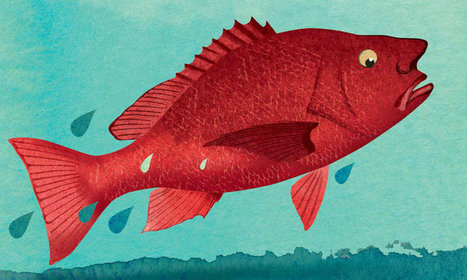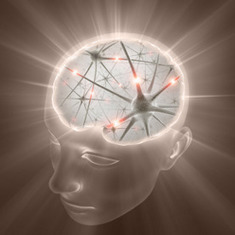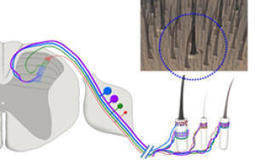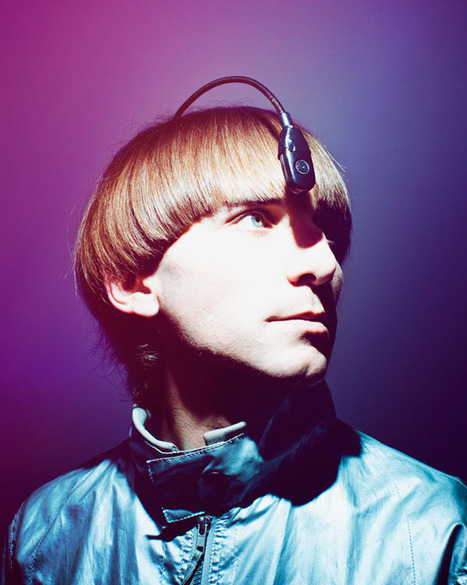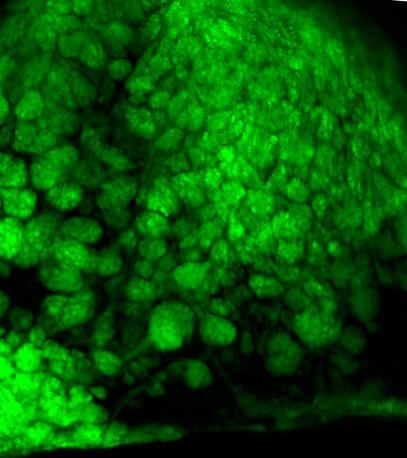We have considerably more than five senses, but the actually number is a matter of some dispute. We settled on 10 senses for this post, but some scientists go all the way up to 17; and this doesn’t include seeing dead people or having common sense!
Research and publish the best content.
Get Started for FREE
Sign up with Facebook Sign up with X
I don't have a Facebook or a X account
Already have an account: Login

 Your new post is loading... Your new post is loading...
 Your new post is loading... Your new post is loading...
|
|






